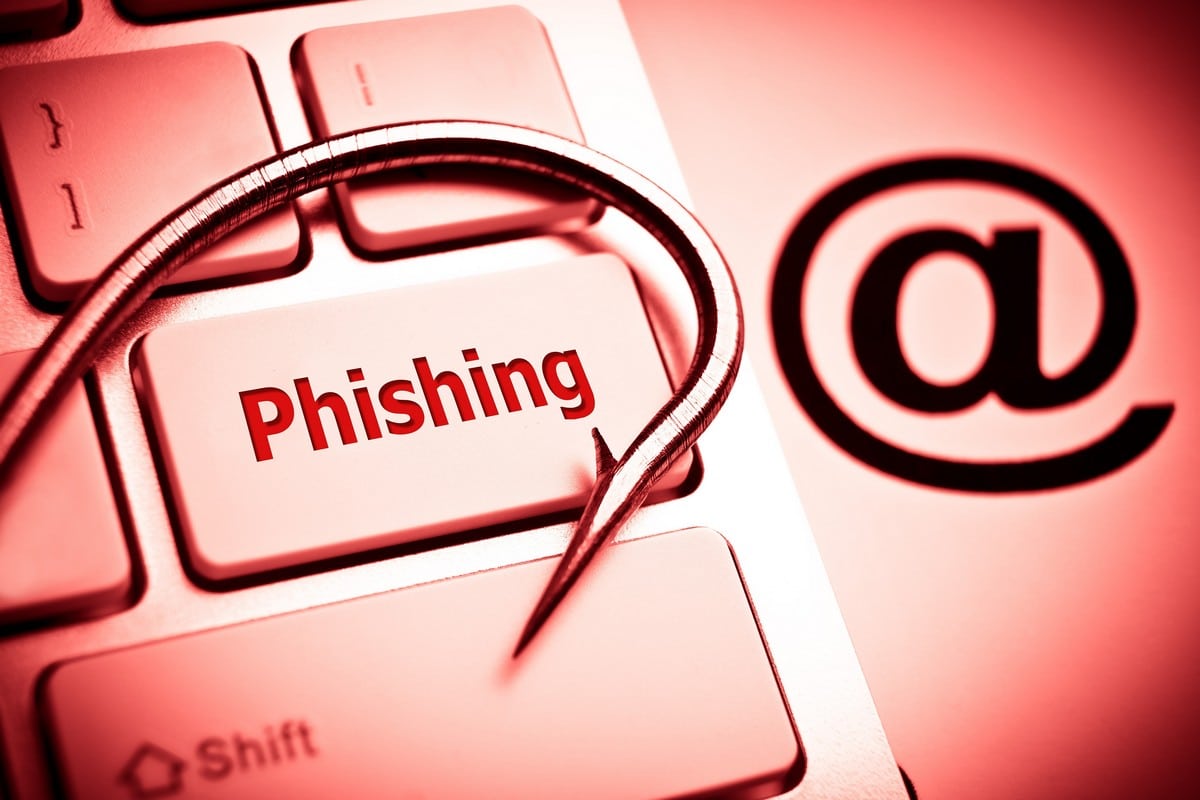Test Altospam’s solutions!
Thousands of companies, CTOs, CIOs, CISOs and IT managers already trust us to protect their e-mail against phishing, spear phishing, ransomware, …

Spam and spear phishing are two threats that Internet users face every day. Despite their differences, they do have a few similarities, such as the fact that they are spam. While spam is sent in bulk, spear phishing is more targeted and personalized.
A few explanations about spam
Spam or junk mail is an electronic message sent en masse to Internet users with the aim of encouraging them to click on a link or to take an interest in a product or service. For a spamming campaign to be successful, the hacker will need to have access to tens of thousands or even millions of e-mail addresses.
Spam represents a danger to users. On the one hand, it often carries malware that can seriously damage Internet users’ installations or infrastructures. On the other hand, it’s a form of scam that Internet users need to be vigilant about, at the risk of losing a lot of money or having their bank details or other sensitive data stolen.
The inconveniences associated with spam are also numerous: network saturation, server and bandwidth congestion, time wasted on sorting and deleting, etc. Then there are the costs of acquiring an effective anti-spam filter, updating it and maintaining it in the event of malfunction.
Spear phishing
Spear phishing is a more recent threat than spam. The hackers came up with the idea of targeting the people to be reached by sending them a personalized message. Junk mail is no longer sent at random, but to former pupils of a school, to all customers of a given website, or to employees of a company, for example.
Hackers have no shortage of resources for obtaining information on each of their targets: social networks, blogs, discussion forums, etc. It’s not uncommon for them to learn their target’s name, e-mail address or preferences on these media. Once in possession of some information, they shape their e-mail message as if the sender were an acquaintance, in order to gain the trust of the recipients. For hackers, employee spear phishing is the best way to reach the company.
Protecting yourself against spam and spear phishing
A number of measures can be taken to effectively combat spam and spear phishing. Examples include limiting the information published on community sites, creating a different password for each website, updating security software to avoid loopholes that can be exploited by hackers, checking all requests from friends, favorite stores or the recipient’s bank, and so on.
Computer security experts recommend the use of disposable e-mail addresses for logging on to popular community sites, as well as the installation of anti-spam software to protect your mailbox before unwanted and damaging mail affects you. Oktey’s Altospam outsourced service, installed upstream of the mail server, is the perfect answer to this problem.
Finally, it is of course strongly advised not to follow up on an e-mail considered to be spam, otherwise your e-mail address will be validated and included in the pirates’ database.
Test Altospam’s solutions!
Thousands of companies, CTOs, CIOs, CISOs and IT managers already trust us to protect their e-mail against phishing, spear phishing, ransomware, …